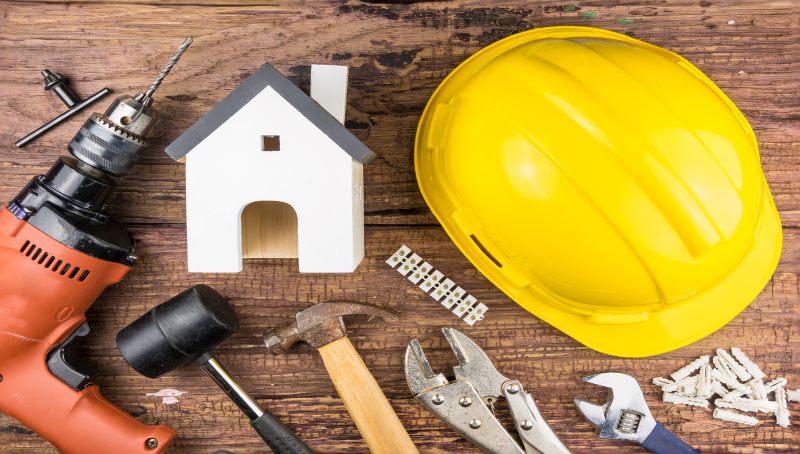
Our September best practice group started off with a discussion about the proposed new tenant satisfaction measures (TSMs), introduced in the Social Housing White Paper, and which government consulted on earlier this year.
Overall view on the proposed TSMs?
The TSMs that relate most specifically to the asset management network are:
Keeping properties in good repair:
• RP01: Homes that do not meet the Decent Homes Standard
• RP02: Repairs completed on within target timescales
• TP02: Satisfaction with repairs
• TPO3: Satisfaction with time taken to complete most recent repair
Largely, the group were fairly comfortable with the measure as they reflected questions they already asked residents as part of the STAR survey. This meant that they were able to determine a baseline when the new measures were introduced.
The measure that provoked the most discussion was:
• TP04: Satisfaction that the home is well maintained and safe to live in
This was discussed with reference to the current question(s) in the STAR survey which ask:
• How satisfied or dissatisfied are you that [your social housing provider] provides a home that is safe and secure?
• How satisfied or dissatisfied are you with the overall quality of your home?
Firstly, the group felt that asking a different question makes it difficult to establish a performance baseline around perception on quality and safety. Secondly, the proposed TSM integrates the two separate and specific STAR questions into one fairly broad question that conflates quality and safety. It was thought that while the 2 issues can be related, this was not always the case and could throw up some inconsistent results. Finally, the group discussed the ambiguity of the phrase “safe to live in” and how residents might interpret it. For example, on the one hand it could be perceived to relate to minor issues around entrance doors and on the other, more significant issues around the fire safety of a building.
Building on the final point, the group had an interesting discussion about how the measure should be used as a can opener to understand residents’ perceptions of safety as, whatever the cause, they were relevant and should be investigated and understood.
Are network members already using the new TSMs?
Several network members had made a decision to use the new TSMs in order to establish a benchmark and to set appropriate targets/ KPIs prior to the new measures coming into force. However, others were more cautious as they felt that there was still scope for the measures to change following the consultation in the Summer.
Other comments on the TSMs
Members are keen to see some clear guidance from the regulator on how data should be collected and used, specifically how to gain consistent feedback on the perception measures which could be open to interpretation from residents (and potentially “gamed” by landlords”). In light of the challenges around organisational budgets and funding, some members saw the TSMs a useful internal lever to support the need for investment in the safety and quality of homes.
Other issues discussed
While the main focus of the discussion was on the TSMs, the group also covered:
• Challenges as a result of the current economic climate – planned maintenance and development were seen as the likely areas to take a hit. • Backlog of repairs post-pandemic – largely it was “business as usual” on day-to-day repairs with most backlogs now cleared. However there as still an issue with planned maintenance including delays in the supply chain, accessing parts and increased cost of materials. • Importance of good quality data – knowing and understanding what your data tells you. This was across the board but also discussed in relation to the TSMs.
Thanks to everyone who attended.





